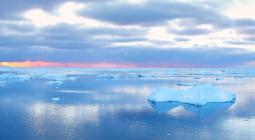4 climate tipping points the planet is facing.
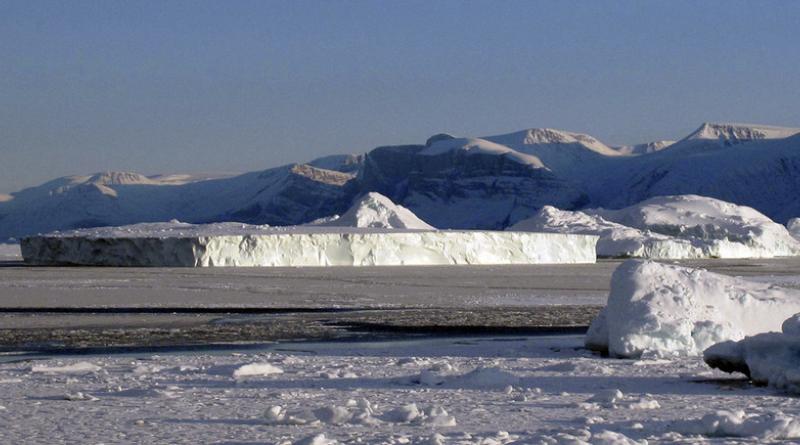
Is our planet approaching a climate change cliff edge? Across the world, from the forests to the oceans, the consequences of humanity’s activities are being felt – and the effects could be catastrophic.
Here are four key climate emergencies happening right now:
1. Arctic permafrost is melting
Rising temperatures are destabilizing the frozen ground that covers almost a fifth of the planet’s surface, and which has remained intact for millennia.
Permafrost binds soil, rock and sand in the ground. As it thaws, previously frozen organic matter in the ice decomposes, releasing harmful greenhouse gases – such as carbon dioxide and methane – into the atmosphere, with potentially devastating consequences for the planet.
A dangerous cycle then ensues where released greenhouse gases fuel further climate change, causing more permafrost to melt.
Climate scientist Dr Boris K Biskaborn of the Alfred Wegener Institute, a polar and marine research organization, predicts melting permafrost could increase temperatures by up to 0.27°C by 2100.
2. Amazon deforestation is reaching the point of no return
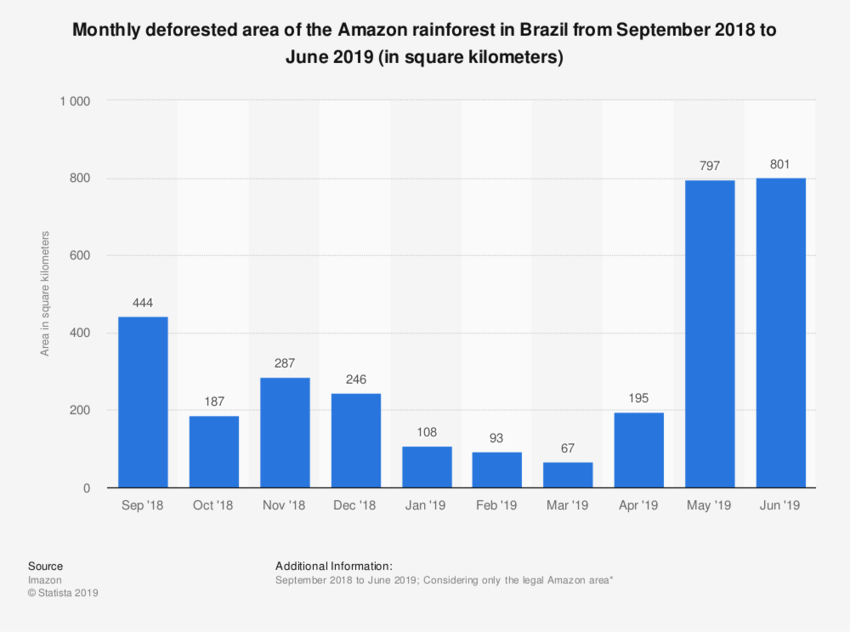
Amazonian rainforest is disappearing at an alarming rate of three soccer pitches every minute, according to Brazilian government data.
Deforestation in the Amazon region is fast approaching a point from which it might never recover, with scientists warning vast swathes of natural tree cover could degrade into savannah, undermining the vital role the rainforest plays in stabilizing Earth’s climate.
Trees absorb large amounts of harmful carbon dioxide from the planet’s atmosphere, which is stored in their branches and trunks. Cutting down large tracts of forest reduces nature’s ability to remove greenhouse gases and in turn slow climate change.
3. Warming waters are destroying ocean ecosystems
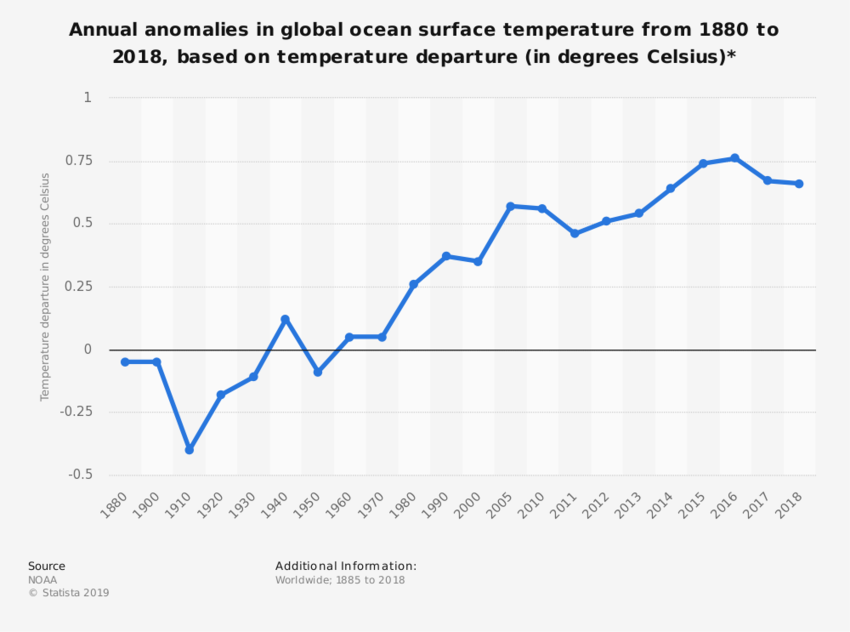
The world’s oceans absorb much of the excess heat generated by greenhouse gas emissions, resulting in rapidly increasing water temperatures, with reduced oxygen levels and increased acidity.
These changing conditions can disrupt marine life and devastate whole ocean ecosystems. Climate change increases the likelihood of extreme events like hurricanes or coral bleaching, which threaten the habitats of fish, mammals and other marine life.
Warmer waters also disturb fish breeding grounds, resulting in high mortality rates for species searching for a cooler environment in unsuitable waters. Such changes impact the food chain, including the food that humans eat.
But warmer oceans can also melt continental ice, causing sea levels to rise, which threatens the lives and livelihoods of coastal communities around the world.
4. Melting glaciers are causing sea levels to rise
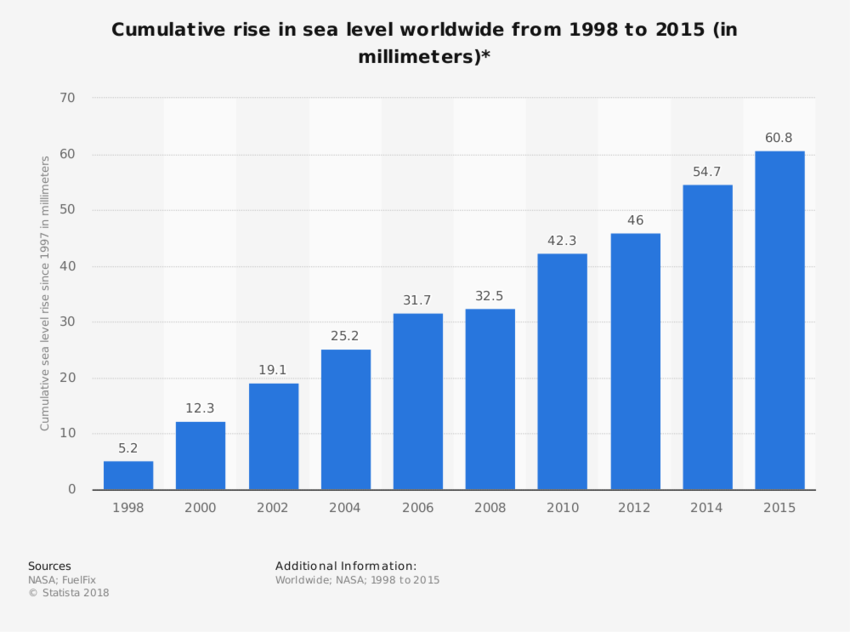
Iceland’s Okjökull glacier was the first to completely disappear due to climate change, and others around the world face a similar fate.
In the Himalayas, glaciers are retreating at double the speed they were in the late 20th century. The world’s highest mountain range and the Hindu Kush region have lost 15% of their ice since the 1970s.
Melting glaciers cause sea levels to rise and accelerate coastal erosion, changing weather systems and leading to more extreme and destructive weather events.
Urgent action is needed to avert disaster. The World Wildlife Fund forecasts that even if current global emissions levels are significantly reduced over the coming decades, more than a third of the planet’s glaciers will be gone by 2100.

